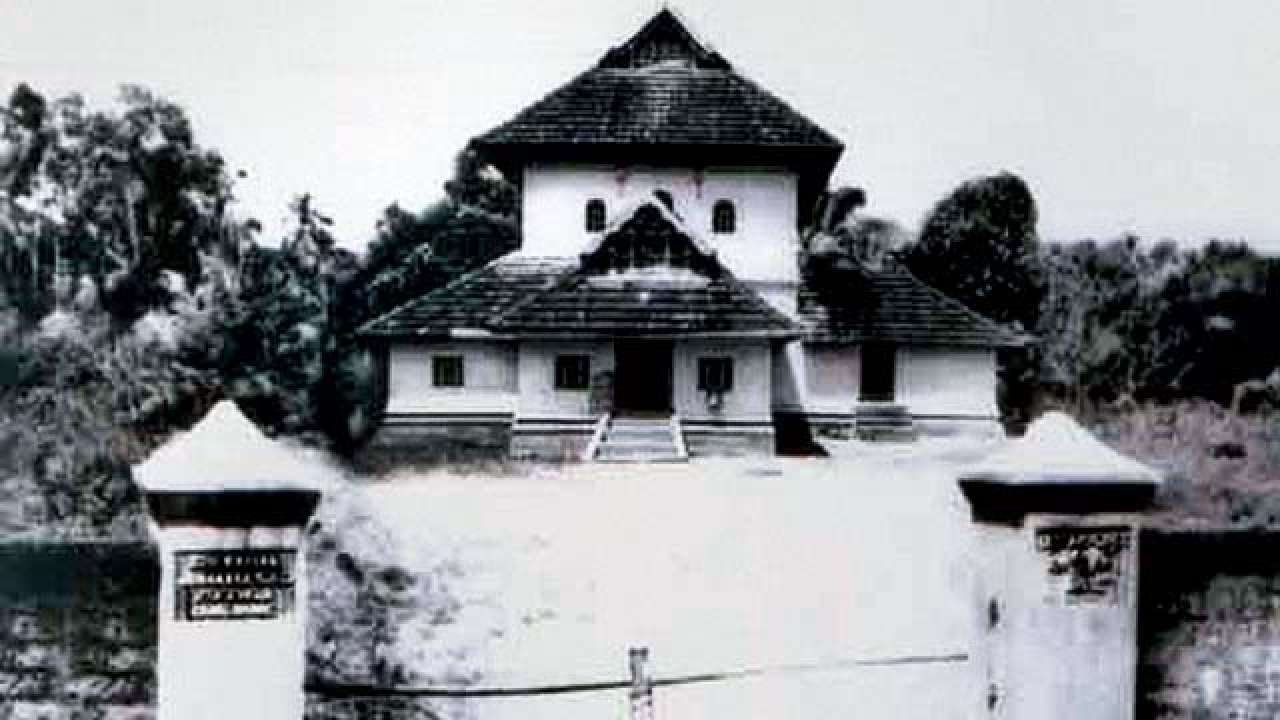
We have grown up reading texts about Islamic architecture or Indo-Islamic architecture and also about Hindu elements being used in Islamic architecture and the influence of Islamic architecture on Hindu architecture and have accepted these terms without question. Let us explore this question a little closely and try to understand what defines Islamic Architecture.
We are told that the elements of Islamic architecture are the minaret, the dome and the arch, let us begin by looking at the architecture of the mosque, a structure that is quintessentially Islamic in its conception, and see where this takes us.
In India, Kashmir has the highest concentration of Muslims in one place, the architecture of Kashmir will reveal several unexpected elements that will not fit the image of ‘Islamic Architecture’ that we have received. Almost none of the old mosques in Kashmir have either domes or minarets and you have to visit many mosques or shrines before you will see arches, especially the kind of arches that we have come to associate with Islamic architecture.
Indonesia is the country with the highest population of Muslims and you will again find it difficult to locate an old mosque that has domes, minarets or arches. It is the same with Malaysia and China, the latter does not have a large population of Muslims but Islam was introduced to China in the 7th century CE. So Islam has been around for more than 1,300 years and one would expect that China would have preserved some elements of traditional ‘Islamic architecture’, but no, we only find mosques that surprisingly look like all other Chinese buildings, as we do in Malaysia and Indonesia.
In fact there is a certain commonality in the four countries that have been mentioned above, Indonesia and Malaysia have heavy rainfall and China and Kashmir have heavy snowfall. Sloping roofs are the distinguishing feature of the architecture of regions with heavy snow fall or heavy rain and this is the kind of roof that you will find in all these places.
Domes are normally built on flat roofs and flat roofs are built in areas that do not receive high precipitation, either in the form of rain or snow, and so one sees a correlation between the prevalence or absence of the dome and the typical climatic condition of the region.
It might be interesting to recall that the first mosque in India, the Cheraman Mosque at Kodungallur in the Thrissur district of Kerala, is believed to date back to 629 and it is said that it was built by Malik Bin Dinar, an Arab propagator of Islam. According to another tradition, a local ruler, Cheraman, heard news of the advent of a new religion and travelled to Mecca to meet Prophet Muhammad. Cheraman, according to this tradition, converted to Islam before starting his return journey. He fell ill on the way back, but before dying he instructed his friends who had travelled with him and had also converted, to build a mosque in his village and that is how the Cheraman mosque came into being.
The mosque had neither domes nor arches, nor did it have a minar, It was built with locally available material and looked like any traditional Kerala house, again with a tiled sloping roof and retained its original shape till fairly recently when some misinformed zealots decided to add a rather incongruous looking arch, a couple of emaciated minars and an equally underfed dome. One hears that the present management committee has decided to go back to the original look and feel of the mosque and we wait with bated breath to recover that part of our heritage that has fallen prey to misplaced enthusiasm, informed by colonial interpretations of our culture, heritage, architecture, music and our food
The point that is sought to be made here is essentially rather simple. Architecture is not determined by faith but by geography and climate. People residing in a specific climatic zone respond to their immediate environment while building structures for personal or public use. The shape and appearance of structures that evolved in different cultures is a product of the levels of construction skills that had evolved in that society, the material available to the builders and the use to which they wished to put the building to.
An area that does not have easy availability of rocks is unlikely to build stone castles. The first mosque built by the Prophet consisted primarily of mud walls and a thatched roof, as did most of the other structures built at that time in Arabia and it happened because those were the building materials that were most easily accessible. The dome and the arch had developed many centuries prior to the birth of Islam, in fact, even before the birth of Christianity, The dome and the arch were developed by idol-worshipping Romans and not by the followers of Islam. How and why the dome, the arch and the minaret came to be associated with Islam is something that we propose to tackle in a subsequent piece.
The author is a historian, and organises the Delhi Heritage Walk for children and adults